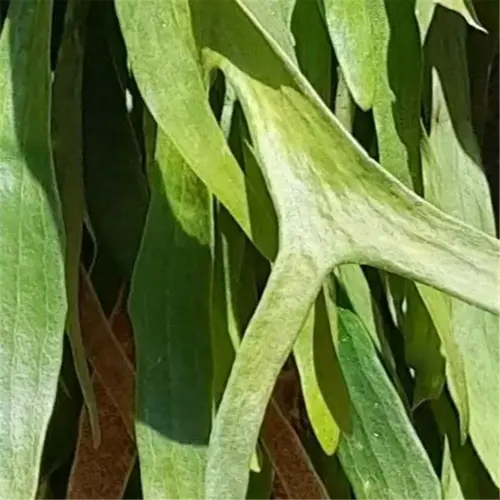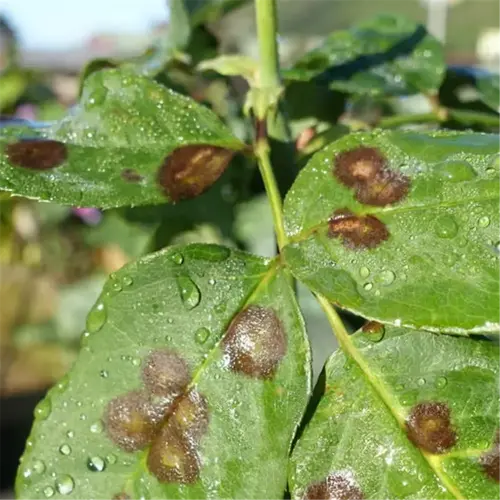What soil composition ensures optimal rose growth?

Written by
Liu Xiaohui
Reviewed by
Prof. Charles Hartman, Ph.D.The ideal growing medium for roses includes loam, organic compost, and materials to assist drainage, such as perlite. Loam is a rich soil type with a sand-silt-clay ratio of 40-40-20 that supports root systems as well as provides an exchange of air. Compost serves as a food source for microbes found in soil that help fight diseases. Drainage materials prevent the over-saturation of soil, which is most commonly responsible for root rot in heavy soils.
Loam Base
- 40% sand for drainage
- 40% silt for nutrient retention
- 20% clay for moisture control
Organic Boosters
- Composted manure (aged 6+ months)
- Worm castings for microbial activity
- Leaf mold to improve texture
Test your soil's pH every spring! I buy a $12 kit at local nurseries that works just fine! For home gardens, that is accurate enough! Most roses utilize iron and phosphorus best at pH 6.0-7.0. If the soil tests are too acidic, add lime! Are the results showing too alkaline? Then you should mix in sulfur or peat moss. Adjustments usually take 4-6 weeks to establish.
Utilize expanded shale (3-8mm sized particles) in clay soils for better drainage. A client in Louisiana was able to reduce root rot by 80% by using this soil amendment. Coconut Coir, in sandy soils, holds 8 times its weight in water and should be soaked overnight before mixing into beds.
Don't try to reuse rose soil without sterilizing, aka baking, it at 82°C (180°F) for 30 minutes to eradicate pathogens. Better yet, annually replace up to 50% of the soil with a fresh moistened compost loam mix. You will be rewarded with deeper rose colors and fewer pest problems.
Read the full article: Best Soil for Roses: Expert Tips for Lush Blooms

